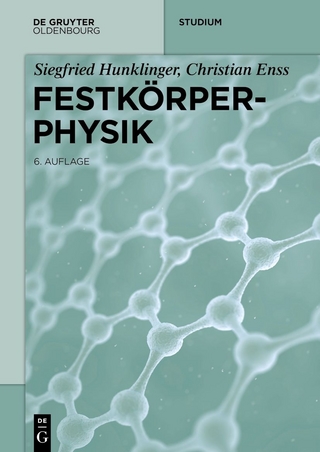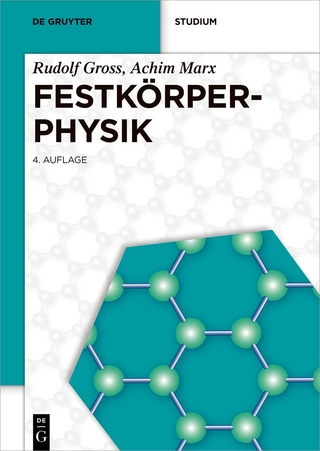
Computational Modeling of Inorganic Nanomaterials
CRC Press (Verlag)
978-0-367-78304-4 (ISBN)
Computational Modeling of Inorganic Nanomaterials provides an accessible, unified introduction to a variety of methods for modeling inorganic materials as their dimensions approach the nanoscale. With contributions from a team of international experts, the book guides readers on choosing the most appropriate models and methods for studying the structure and properties (such as atomic structure, optical absorption and luminescence, and electrical and heat transport) of a varied range of inorganic nanomaterial systems.
Divided into three sections, the book first covers different types of inorganic nanosystems with increasing dimensionality. The second section explains how to computationally describe properties and phenomena associated with inorganic nanomaterials, including the modeling of melting and phase transitions, crystallization, and thermal, mechanical, optical, and excited state properties. The final section highlights a diverse range of important recent case studies of systems where modeling the properties and structures of inorganic nanomaterials is fundamental to their understanding. These case studies illustrate the use of computational techniques to model nanostructures in a range of applications and environments, from heterogeneous catalysis to astrochemistry.
Largely due to their extremely reduced dimensions, inorganic nanomaterials are difficult to characterize accurately in experiments. Computational modeling, therefore, often provides unrivaled, detailed insights to complement and guide experimental research on these small-scale materials. This book shows how computational modeling is critical for understanding inorganic nanomaterials and their future development.
Stefan T. Bromley, PhD, is a research professor with the Catalan Institution for Research and Advanced Studies (ICREA) based in the Department of Physical Chemistry at the University of Barcelona, where he leads the Nanoclusters and Nanostructured Materials group. Dr. Bromley is the author of more than 120 refereed articles and seven book chapters. His main research interests include the structure and properties of inorganic nanoclusters and their use as novel materials building blocks. Dr. Bromley has become increasingly involved in the study of inorganic nanoclusters with respect to their astronomical importance. He earned a PhD in computational physics from the University of Southampton. Martijn A. Zwijnenburg, PhD, is a lecturer and UK Engineering and Physical Sciences Research Council (EPRSC) Career Acceleration fellow at University College London, where he leads the Computational Photochemistry of Materials research group. Dr. Zwijnenburg is the author of more than 50 refereed articles. His main research interests include the prediction of the excited state properties of inorganic nanostructured, polymeric, and molecular materials; the link between these excited state properties and the application of materials in photovoltaics and photocatalysis; and the generation of realistic structural models of materials. He earned a PhD in chemical engineering from Delft University of Technology.
Structure and Dimensionality: Nanoclusters and Nanoparticles. One-Dimensional Nanosystems. Two-Dimensional Nanosystems. Nanocluster-Assembled Materials. Properties: Melting and Phase Transitions. Nanoparticles and Crystallization. Mechanical Properties of Inorganic Nanostructures. Thermal Properties of Inorganic Nanostructures. Modeling Optical and Excited-State Properties. Case Studies: Interfaces in Nanocrystalline Oxide Materials: From Powders toward Ceramics. Heterogeneous Catalysis: Vanadia-Supported Catalysts for Selective Oxidation Reactions. Metal-Supported Oxide Nanofilms. Cosmic and Atmospheric Nanosilicates. Index.
| Erscheinungsdatum | 06.04.2021 |
|---|---|
| Reihe/Serie | Series in Materials Science and Engineering |
| Verlagsort | London |
| Sprache | englisch |
| Maße | 178 x 254 mm |
| Gewicht | 810 g |
| Themenwelt | Naturwissenschaften ► Biologie |
| Naturwissenschaften ► Physik / Astronomie ► Festkörperphysik | |
| Technik ► Maschinenbau | |
| ISBN-10 | 0-367-78304-5 / 0367783045 |
| ISBN-13 | 978-0-367-78304-4 / 9780367783044 |
| Zustand | Neuware |
| Haben Sie eine Frage zum Produkt? |
aus dem Bereich


